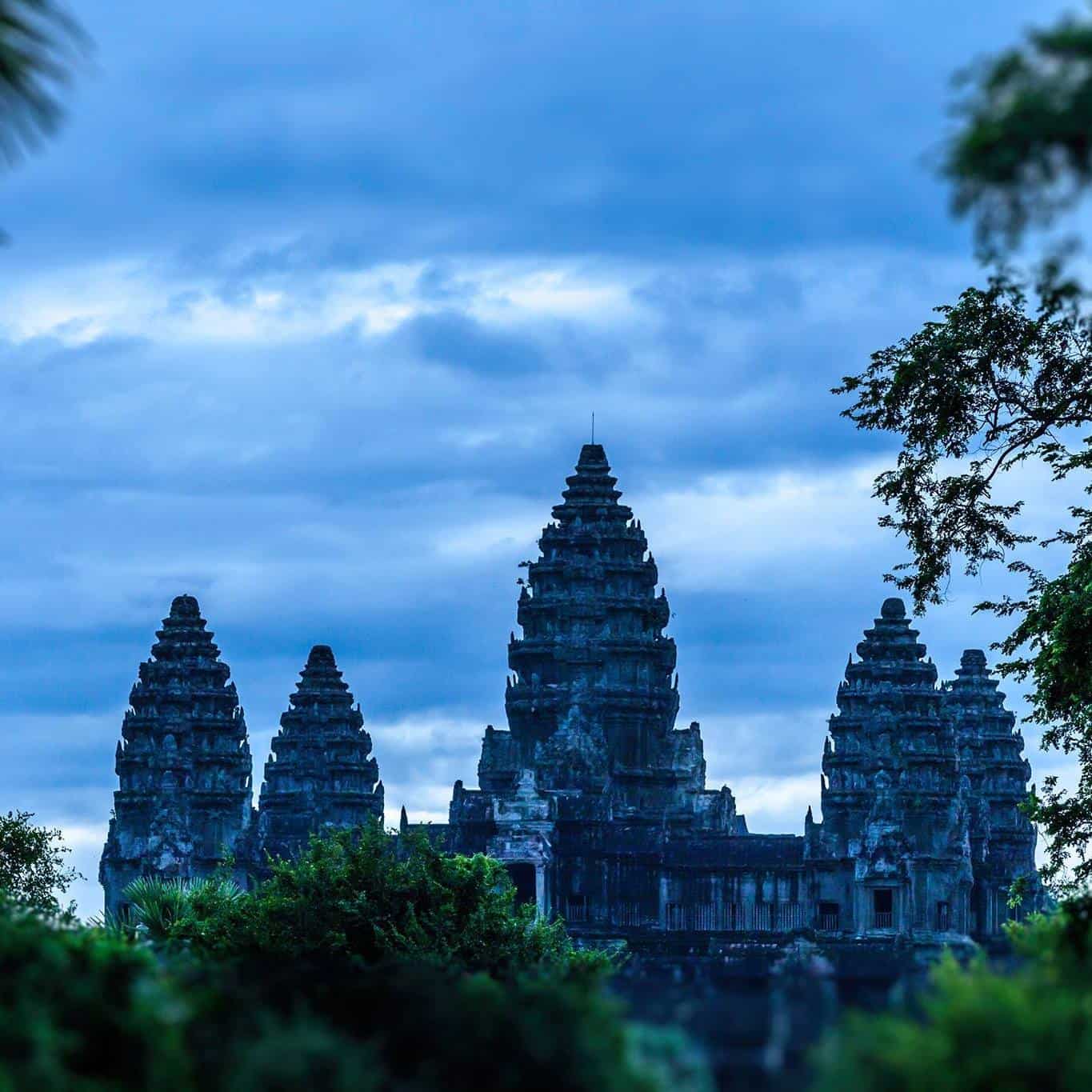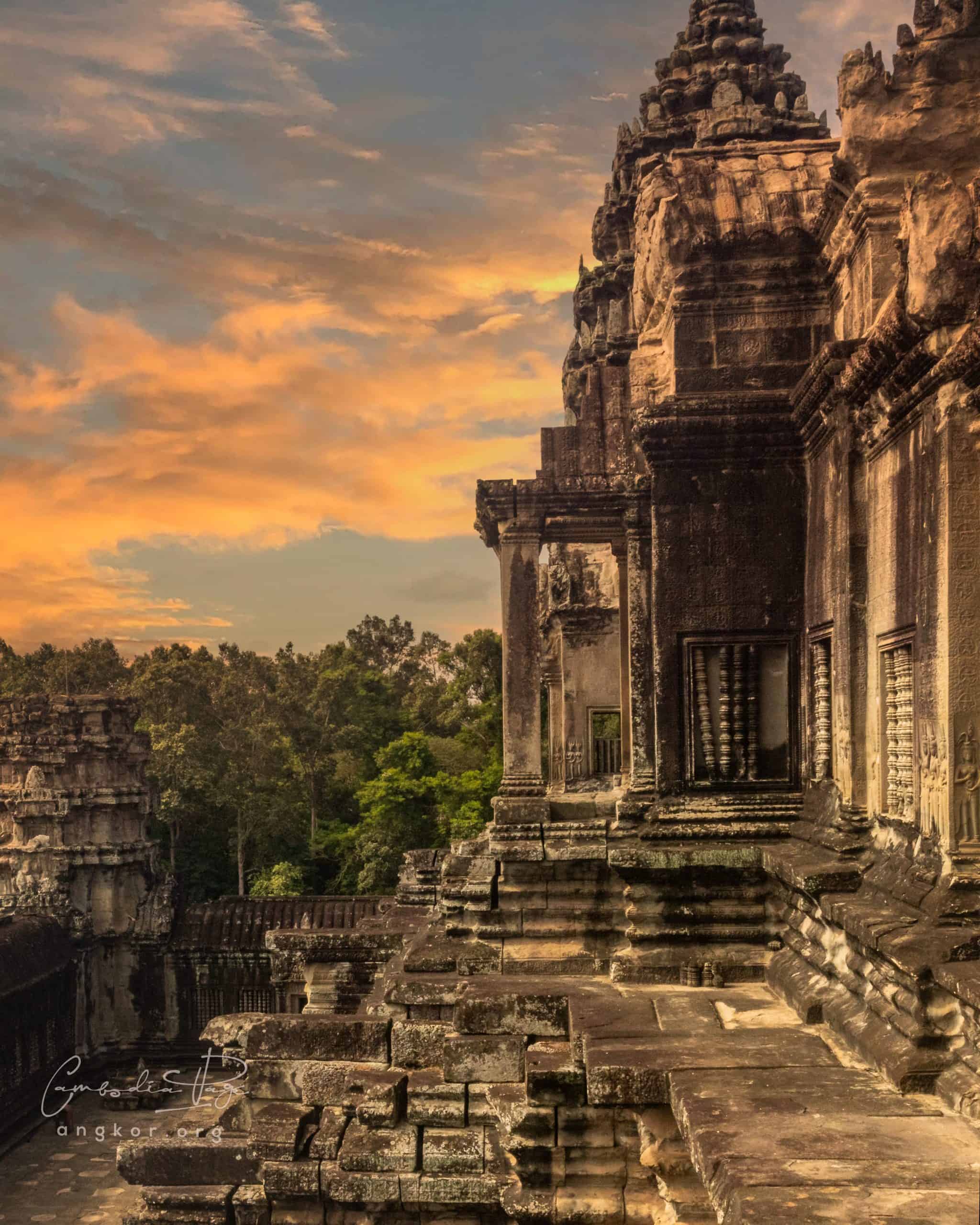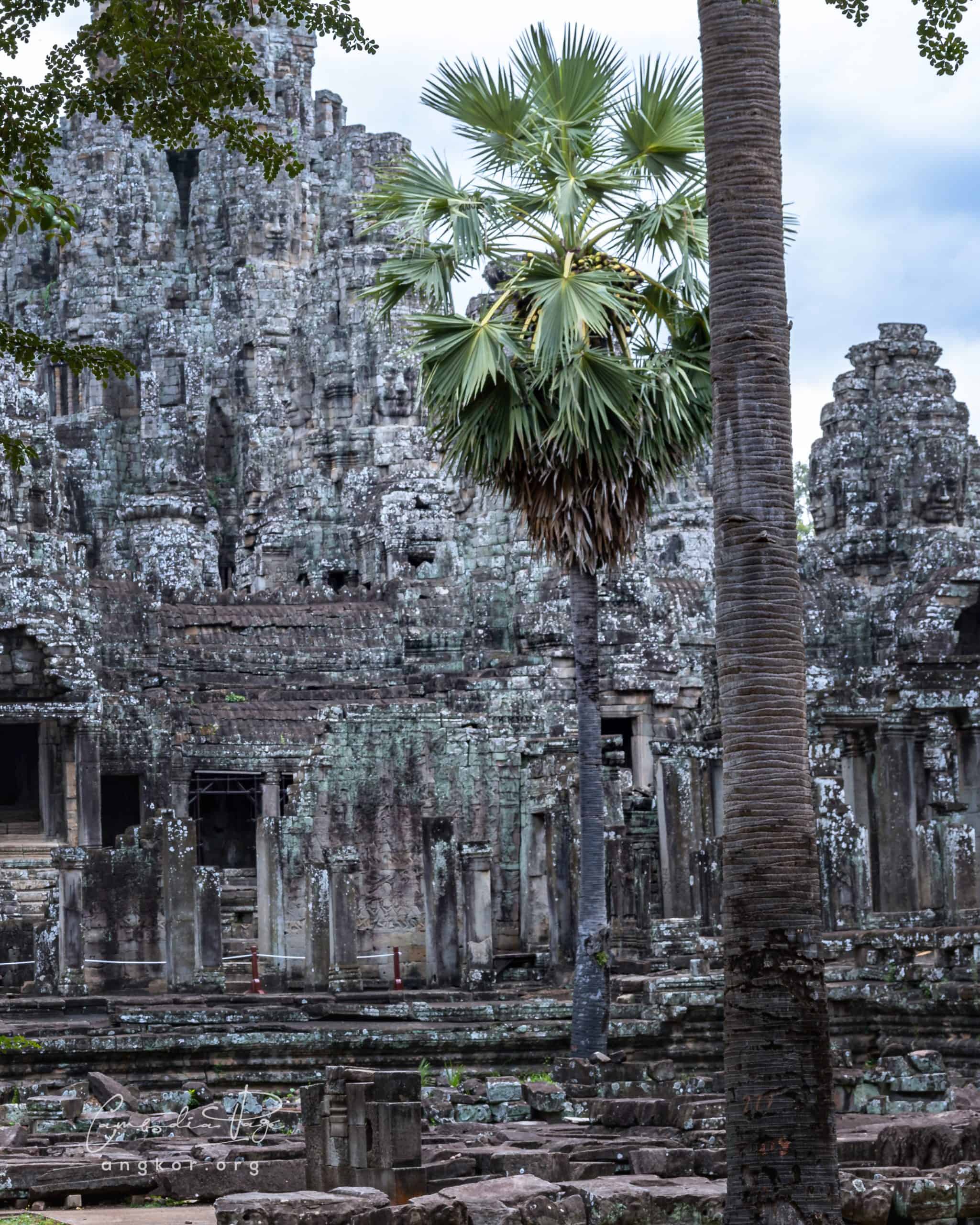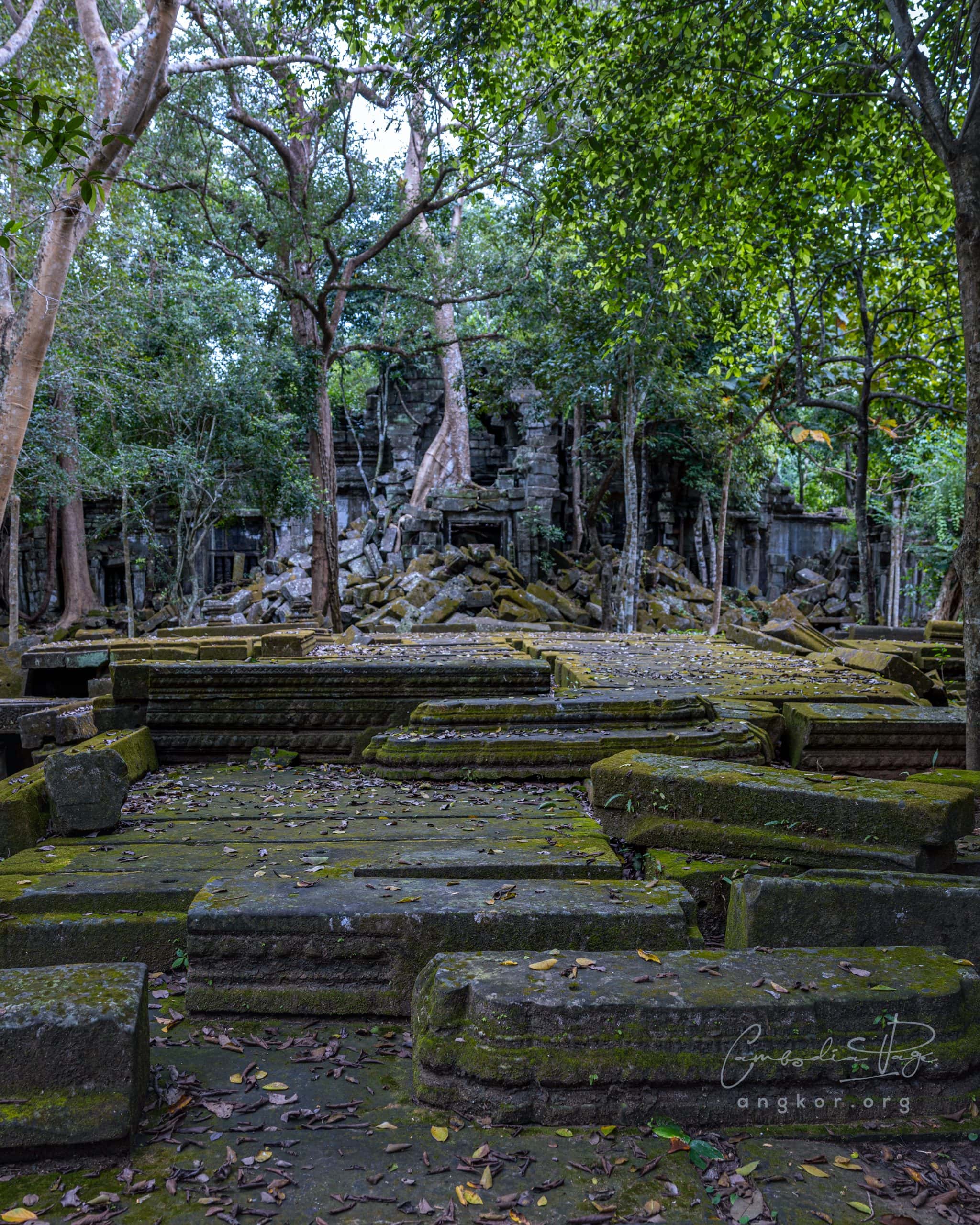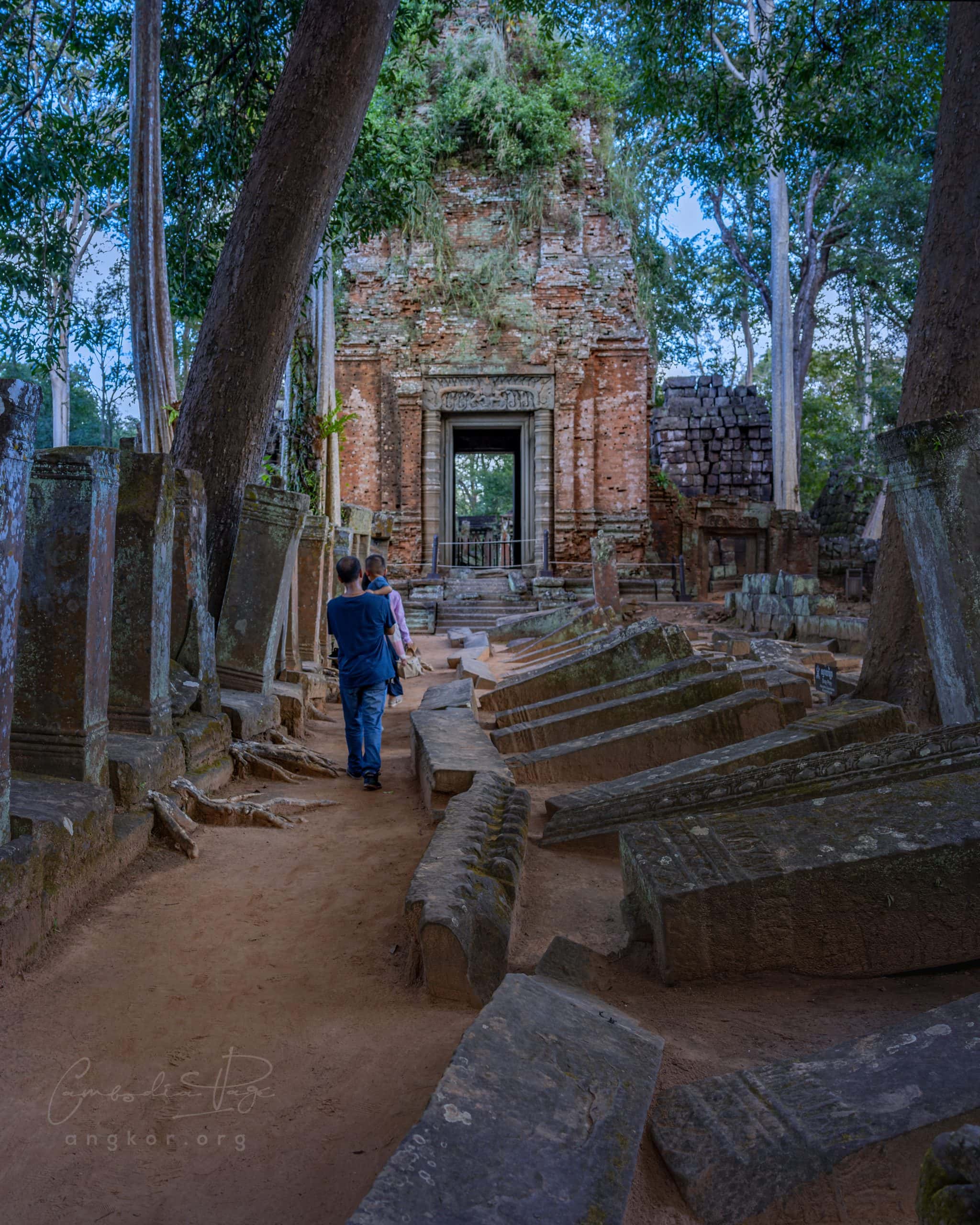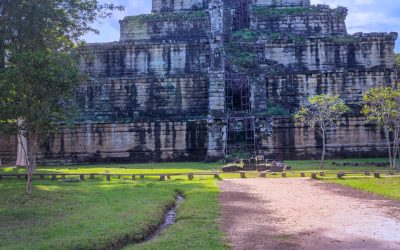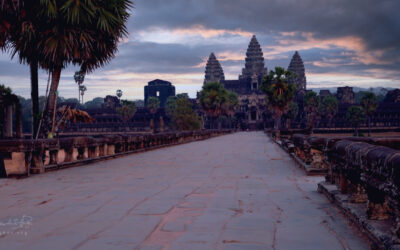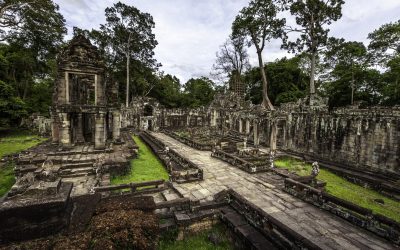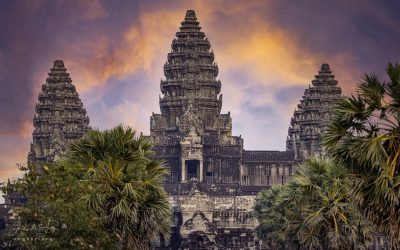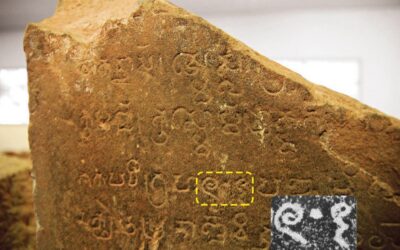Introduction
Rising out of the jungles of Siem Reap, the ancient temples of Angkor stand as one of humanity’s greatest architectural and cultural achievements. More than just stone structures, Angkor represents the enduring spirit of the Khmer people — a reminder of their glorious past, their resilience through centuries of hardship, and their unity in building a brighter future. Today, Angkor is not only Cambodia’s most treasured heritage but also a symbol of strength and national pride that binds Cambodians together.
Beautiful scenes of Angkor
The Khmer Empire: A Civilization That Shaped Southeast Asia
The Angkor civilization flourished between the 9th and 15th centuries during the Khmer Empire, the most powerful empire in Southeast Asia. Founded by King Jayavarman II in 802 CE, the empire expanded its influence across vast territories.
At its height, the Khmer Empire controlled much of modern-day Cambodia, Thailand, Laos, and southern Vietnam. This dominance was reflected not only in military strength but also in the spread of Khmer architecture, religion, and cultural traditions throughout the region.
The jewel of this legacy is Angkor Wat History, built in the early 12th century by King Suryavarman II. Originally dedicated to the Hindu god Vishnu, it later became a Buddhist sanctuary and today remains the largest religious monument in the world (UNESCO World Heritage Centre).
Other masterpieces, such as Bayon Temple with its enigmatic stone faces, and Ta Prohm Temple, where tree roots intertwine with ancient stone walls, showcase the creativity and devotion of the Khmer civilization.
Angkor Wat History and Religious Meaning
Angkor’s temples are deeply rooted in both Hinduism and Buddhism, reflecting Cambodia’s rich spiritual evolution.
- Hindu Origins: Early temples honored deities such as Shiva, Vishnu, and Brahma, often aligned with celestial bodies. Their soaring towers symbolized Mount Meru, the mythical center of the universe.
- Buddhist Transformation: As Buddhism spread, Angkor became a place of Buddhist devotion. This fusion of Hindu and Buddhist influences gave Angkor a spiritual depth that continues to inspire worshippers today.
Religion at Angkor was never separate from society. Temples served as centers of governance, learning, and community life, uniting faith and daily existence in a harmonious balance.
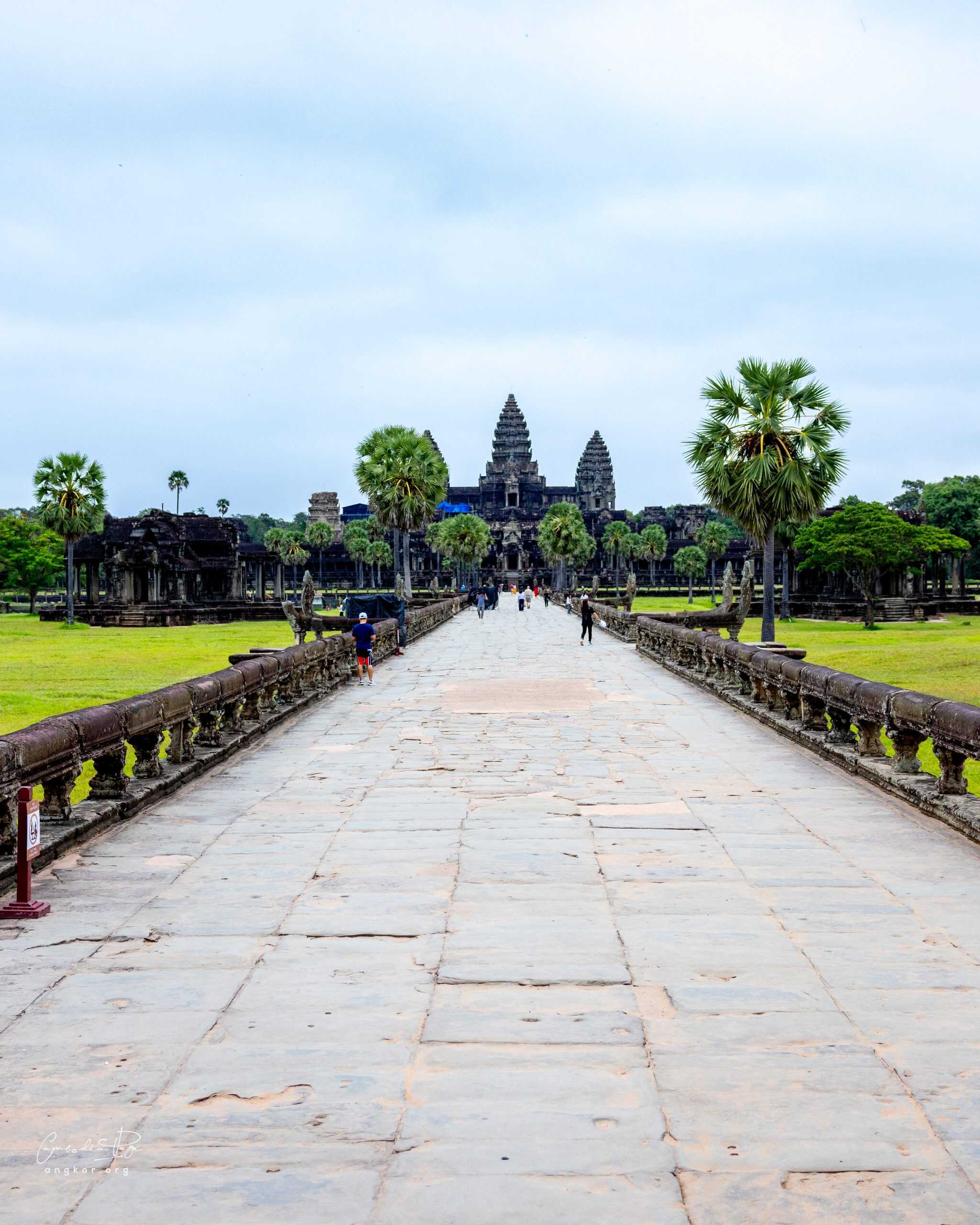
Khmer Culture: The Rich Heritage of Angkor
The Khmer Empire was not only a military power but also a cultural beacon. Its influence can still be seen across Cambodia today:
- Architecture & Engineering: The Angkor temples demonstrate advanced engineering, with precise celestial alignments and sophisticated water management systems that sustained millions of people (Smithsonian Magazine).
- Art & Carvings: Bas-reliefs at Angkor Wat narrate epic tales from the Ramayana and Mahabharata, as well as scenes of Khmer daily life, warfare, and festivals.
- Dance & Music: Cambodia’s classical dance, often performed by apsaras (celestial dancers carved on temple walls), traces its roots to the Angkor period and remains central to Khmer culture today.
Angkor as a Symbol of Unity and Strength in Modern Cambodia
For Cambodians, Angkor is far more than an archaeological wonder — it is the beating heart of national identity. It appears proudly on the Cambodian flag, the only national flag in the world to feature a monument.
- Resilience: Despite wars, colonization, and hardship, Angkor has endured for centuries, reminding Cambodians of their ancestors’ strength.
- Unity: Angkor unites Cambodians across regions, generations, and the global diaspora. It is a shared heritage that every Khmer person identifies with.
- Global Bridge: As a UNESCO World Heritage Site, Angkor connects Cambodia to the world, attracting millions of visitors each year (Tourism Cambodia) and contributing significantly to the nation’s economy.
Angkor continues to inspire modern Cambodia as a symbol of resilience and hope, proof that the Khmer people — once rulers of a great empire — remain builders of culture, unity, and progress.
Conclusion
The temples of Angkor are not relics of a forgotten empire but living symbols of Cambodia’s enduring strength, unity, and cultural richness. They remind the world that the Khmer people, once rulers of much of Southeast Asia, continue to build their nation with resilience and pride.
As Cambodia grows in the modern era, Angkor remains the guiding star — a sacred monument to history, a beacon of cultural identity, and above all, a symbol of unity for all Cambodians.
